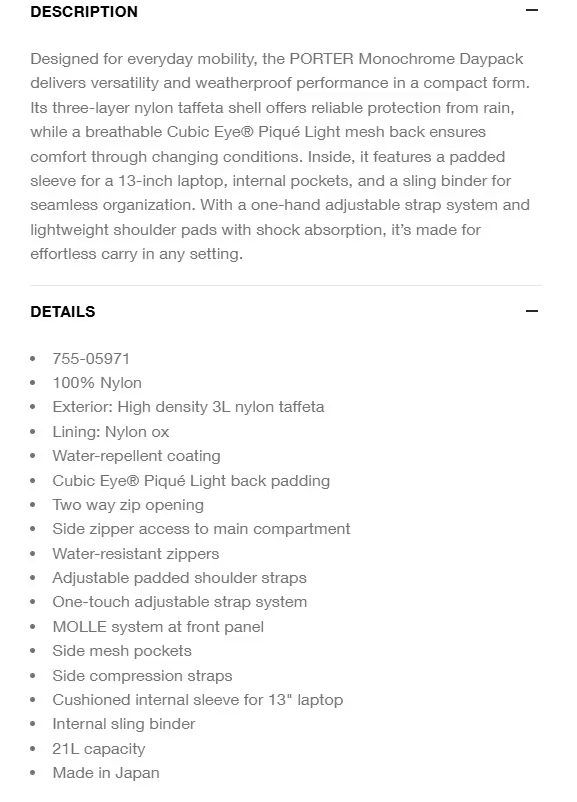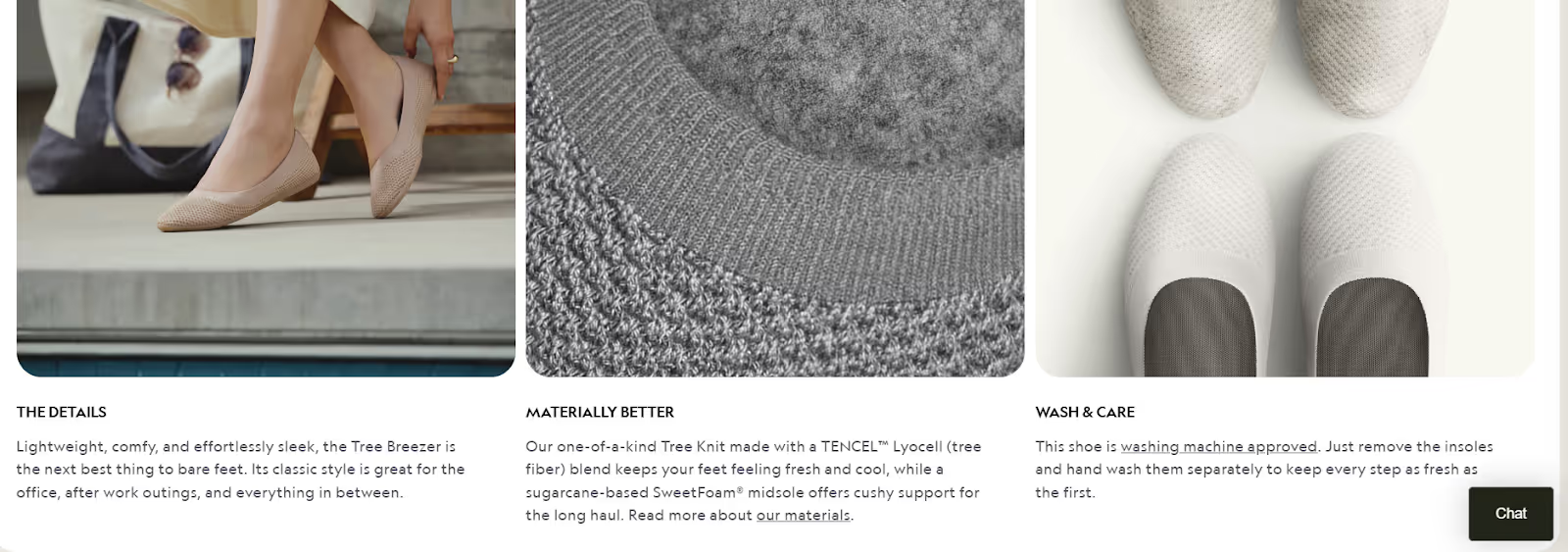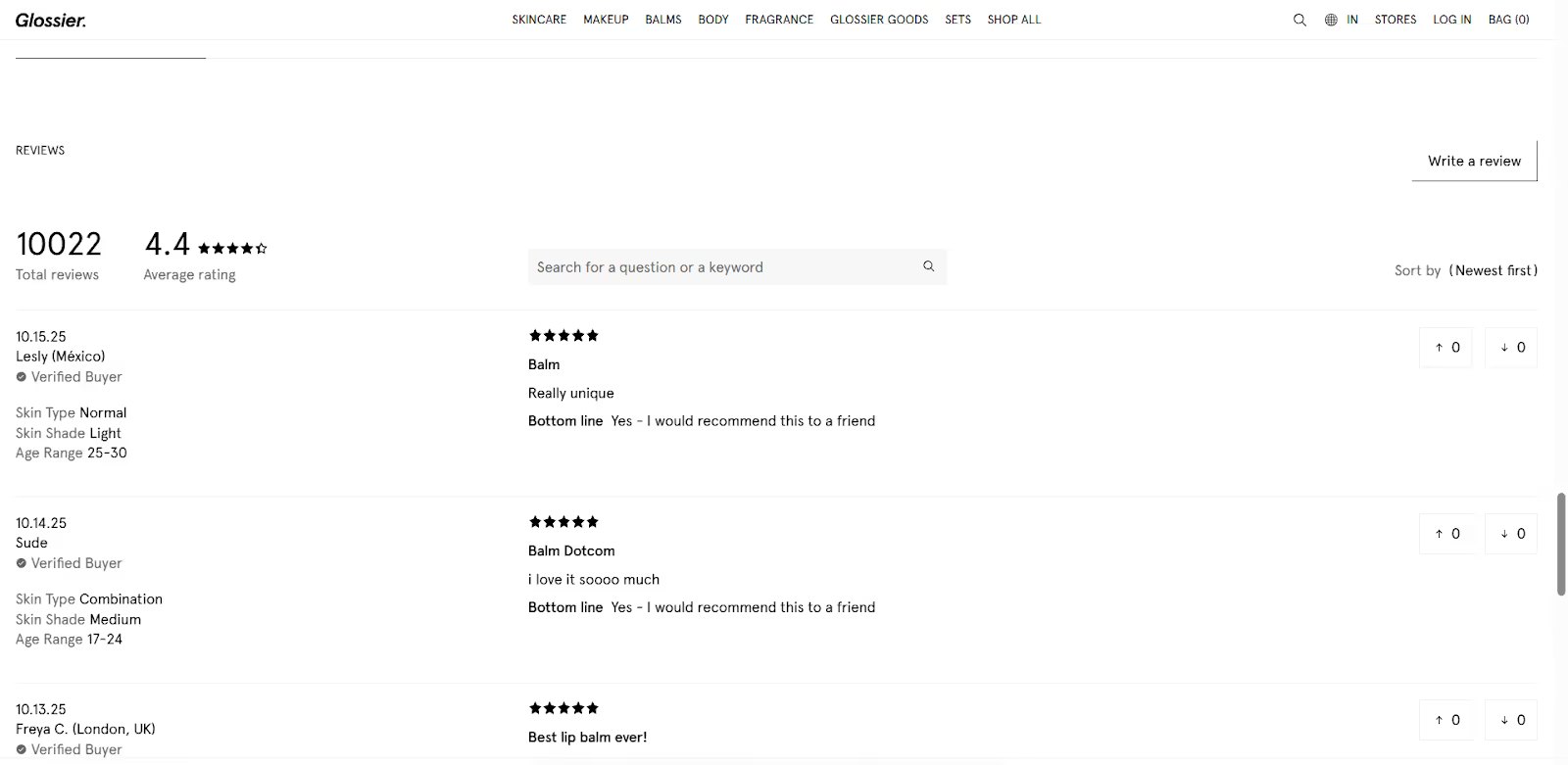High-converting Shopify product pages inspire, persuade, and make “add to cart” feel irresistible. If you’re pouring energy into fixing checkout issues or trying to decode cart abandonment issues, but glossing over your actual product pages, you might be missing the single biggest conversion lever you control. The average Shopify product page converts at around 1.4%, but top-performing stores boost that to over 4.7%—a more than threefold increase simply by optimizing the product page experience.
So ask yourself: how much time do you invest in optimising your Shopify product page customization efforts? If the answer is “not enough,” you’re in the right place.
Let's break down why your product page customization is mission critical, and then unpack the 10 essential elements for a high converting Shopify product page. As a bonus, you’ll see practical examples—what works, and what doesn’t—so you know exactly how to elevate your store.
Why the Shopify Product Page Matters
Picture this: a potential buyer finds your store—maybe through a well-placed ad or a smart social campaign. They click through, land on your product page and leave without purchasing. Why? In most cases, your product page failed to provide the trust, clarity, or motivation needed to convert a casual browser into a confident customer.
No matter how brilliant your products are, a weak product page leaks potential at every step. Shopify’s overall conversion rate outpaces competitors by up to 36% and averages 15% higher than other platforms. This remarkable statistic highlights Shopify’s effectiveness as an e-commerce solution, making it the preferred choice for online retailers aiming to maximize sales and conversion efficiency.
A Shopify product page customization is more than a catalogue entry. It’s where value comes alive: where you articulate features, prove benefits, and remove doubts. It’s your digital salesperson—active 24/7. Let’s see what makes a product page truly great.
10 essential elements to create high converting shopify product page
1. Clear and Standout Call to Action (CTA)
Your Shopify product page’s main goal is to nudge your shopper from browsing to buying, and that all centers around your CTA button, typically “Add to Cart.” This button should be instantly visible, positioned near the product title and price, so that once your shopper feels convinced, there’s no hesitation in knowing what to do next. Clear, uncluttered placement ensures the shopping path feels obvious and seamless.
For example, sustainable brand Suri uses a bright, high-contrast CTA right next to key product details, grabbing attention immediately as the page loads.

2. High-Quality and Multiple Product Images
Since your shoppers can’t physically handle your product online, images become their main source of information and reassurance. Displaying multiple clear and sharp images from different angles helps buyers visualize the product better, reducing uncertainty about how it looks or feels. Including lifestyle images—showing the product in real-life use—helps customers imagine the product fitting into their lives, making it more desirable.
For instance, Allbirds excels with glossy, zoomable images that show their shoes from varied perspectives, alongside lifestyle shots of people wearing them outdoors. This builds trust and excitement.


3. Variant Images Synced to Buyer Selection
When your shopper selects a product variant—say, a color or size—they expect the picture to reflect that option immediately. This direct feedback reassures them they are ordering exactly what they want, minimizing confusion or potential returns. Variant-linked images also help buyers compare options side-by-side visually, streamlining their decision-making.
A good example is LNDR, which updates product images instantly when different colors or fits are selected, often showing the item worn on varied body types to boost confidence. If your product page fails here—like showing the same photo regardless of the variant chosen—shoppers become uncertain, frustrated, and more hesitant to buy, risking lost sales.
4. Benefit-Oriented, Scannable Product Descriptions
Your shoppers want to know how your product improves their lives. A great product description highlights benefits first—explaining the problem the product solves, or the unique features that matter to your buyer. It should be clear, easy to skim with bullets or subheadings, and written in a relatable tone that resonates with your audience.
Haven’s duffel bag page does this well by leading with the bag’s versatility and durability before detailing specifications in collapsible tabs. Conversely, a dry list of materials or generic features that are hard to interpret, like “polyester, 45cm,” leaves shoppers confused or unmotivated—as if the product was never designed with their needs in mind.

5. Consistent Brand Voice and Visual Style
Your customer experiences your brand from your social media, ads, homepage, and product pages. If your product page suddenly feels out of sync—using harsher language or an inconsistent color palette—it disrupts trust and weakens brand affinity. Consistency reassures shoppers they’re in the right place and connected to a cohesive brand story.
For example, Frank Body maintains its playful, cheeky tone on its product pages, perfectly echoing the irreverent style followers know from Instagram. Miss this, and your product page risks feeling sterile or disconnected, like a generic storefront rather than a unique brand designed to delight.
6. Aspirational Lifestyle Content
People buy improvements to their lifestyle or identity. Lifestyle photos, videos, or stories help shoppers imagine themselves with your product, making it emotionally appealing. This aspirational content builds desire beyond a simple transaction.
LNDR shows their products worn by fitness enthusiasts in relatable scenarios, letting shoppers picture themselves as part of that story. Without lifestyle cues, products risk seeming cold or uninviting—less inspiring for a shopper craving a meaningful purchase.

7. Conversational, Buyer-Friendly Copy
Your shoppers want clarity and personality—not jargon or bland, SEO-stuffed text. Writing that sounds human and speaks directly to their concerns helps form a connection and makes information easier to digest. Shoppers unconsciously trust brands that “talk” like them.
Allbirds’ cozy and straightforward product descriptions create an approachable feeling, while elsewhere, robotic or keyword-laden copy dissuades engagement and erodes the user experience.

8. Authentic Reviews and Social Proof
Shoppers seek validation—what do others think? Featuring authentic user reviews with real names, photos, and detailed stories makes your product trustworthy and lowers purchase anxiety. Displaying overall ratings prominently encourages conversions.
Glossier, the popular beauty brand, does an excellent job showcasing genuine customer reviews directly on their product pages. They include user photos and in-depth testimonials that tell real stories of product impact, which builds confidence in new buyers.

9. Relevant Product Recommendations
Upselling and cross-selling gently guide the shopper to complementary products, increasing average order value and enhancing their experience. Recommendations placed below the main content or beside the CTA should feel relevant and helpful, not overwhelming or random.
3sixteen smartly suggests full outfit pieces that naturally pair, inviting shoppers to complete their look. A cluttered page packed with irrelevant upsells instead confuses buyers, distracting from the original intent and risking lost sales.
10. Activate Live Chat on Key Pages with Shopify Inbox
Your shopper often has last-minute questions or doubts that, if unanswered quickly, can make them abandon their carts. Adding live chat on your product pages ensures that help is just a click away, offering real-time answers and guidance exactly when your customer needs it most. A visible live chat widget reassures shoppers that your store is accessible and supportive, which builds trust and reduces purchasing hesitation.
Shopify Inbox is a seamless, free option to integrate live chat throughout your store. It can be customized to fit your brand’s style and set to proactively engage visitors who linger or appear confused. For example, a visitor looking at a higher-priced product might receive a gentle chat prompt like, “Need help choosing the right option?” This personalized real-time support often nudges hesitant buyers forward and significantly boosts conversion rates by turning questions into sales.
Conclusion
Doing Shopify product pages customization with these essential elements is crucial for turning casual visitors into confident customers. But the market is evolving fast, and traditional manual optimization can’t keep pace with today’s accelerated commerce demands.
This is where agentic AI systems emerge as a game changer. Agentic AI orchestrates multiple specialized agents working in harmony to continuously analyze, optimize, and personalize your product pages at scale.
Agentic AI platforms like Yarnit help in automating content suggestion with its PDP generator that helps in driving conversions and outcomes. By embracing agentic AI-driven product page optimization, Shopify merchants are gaining sustainable competitive advantages in discoverability, engagement, and conversion rates. Beyond just content creation, Yarnit also includes a powerful store bot feature—an AI assistant built on your store data—that answers customer queries accurately and instantly, guiding visitors confidently toward purchase decisions. By leveraging these advanced, agentic AI capabilities, Shopify sellers gain a sustainable edge in discoverability, engagement, and conversion rates.
Start your journey to smarter, faster, and more profitable Shopify product pages by harnessing the power of agentic AI today.









